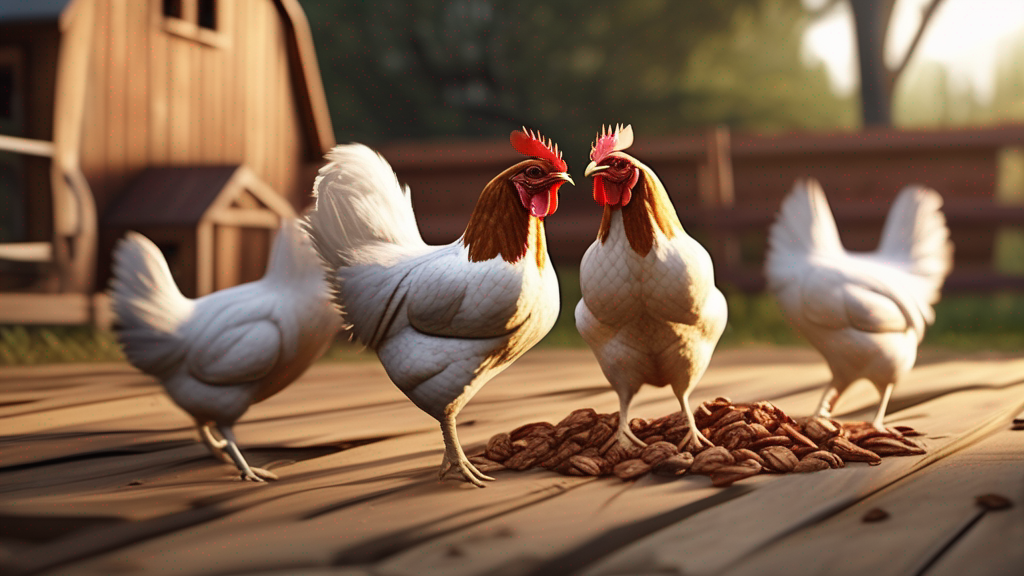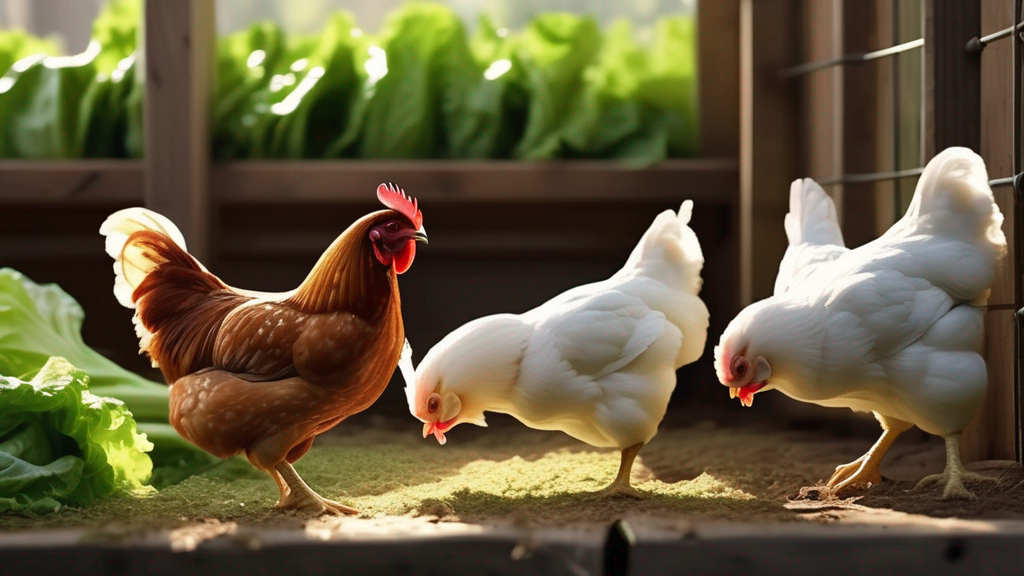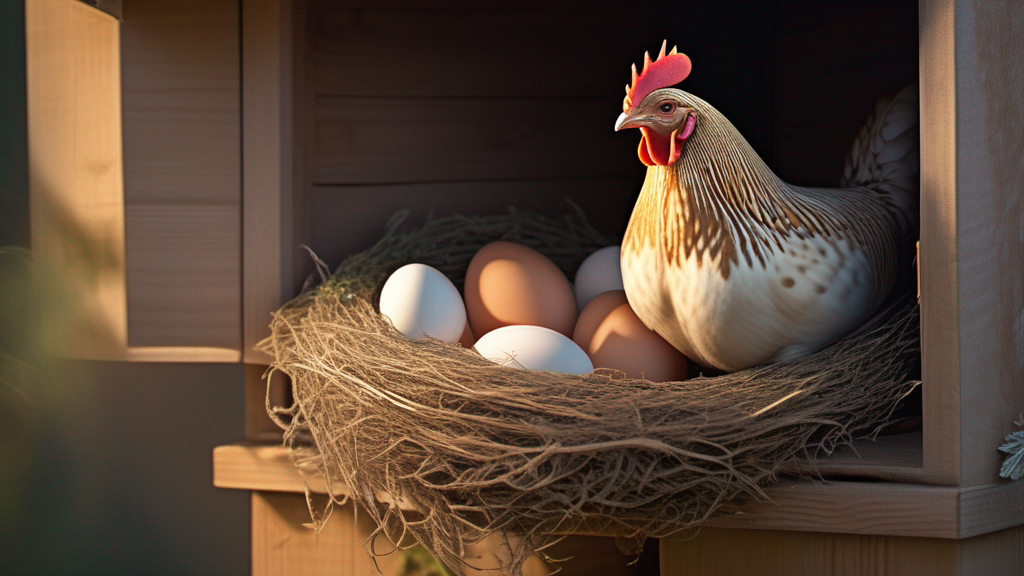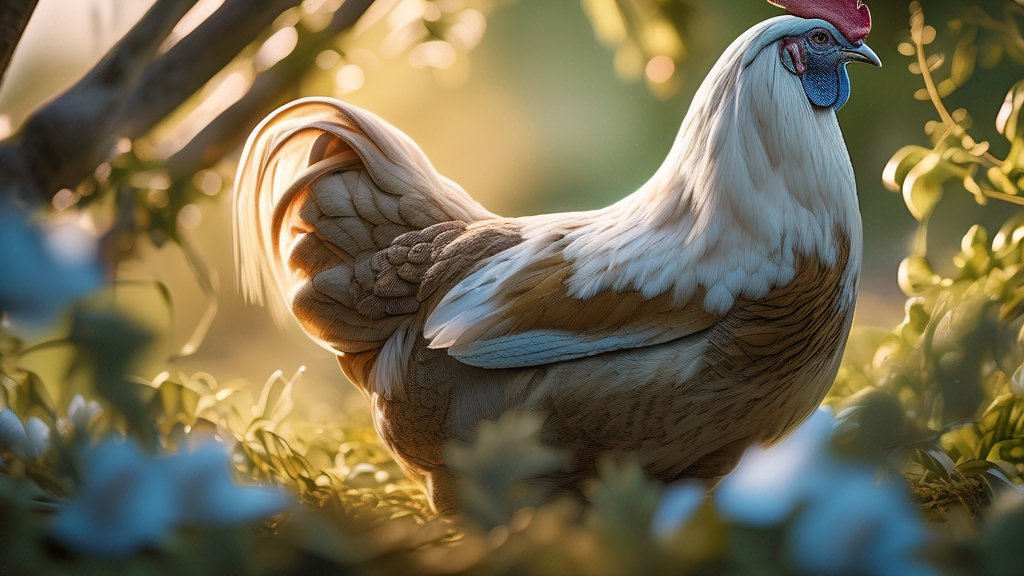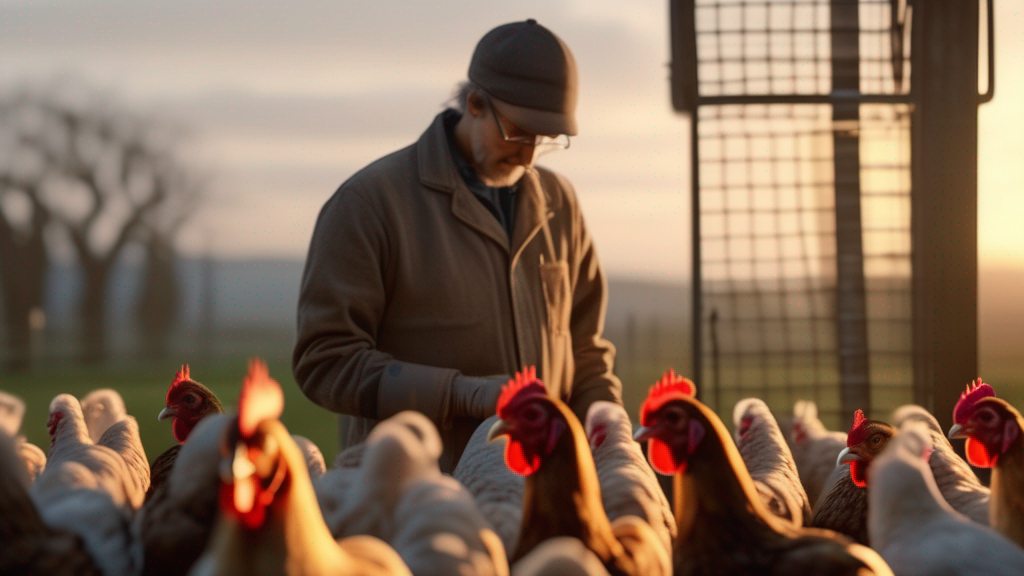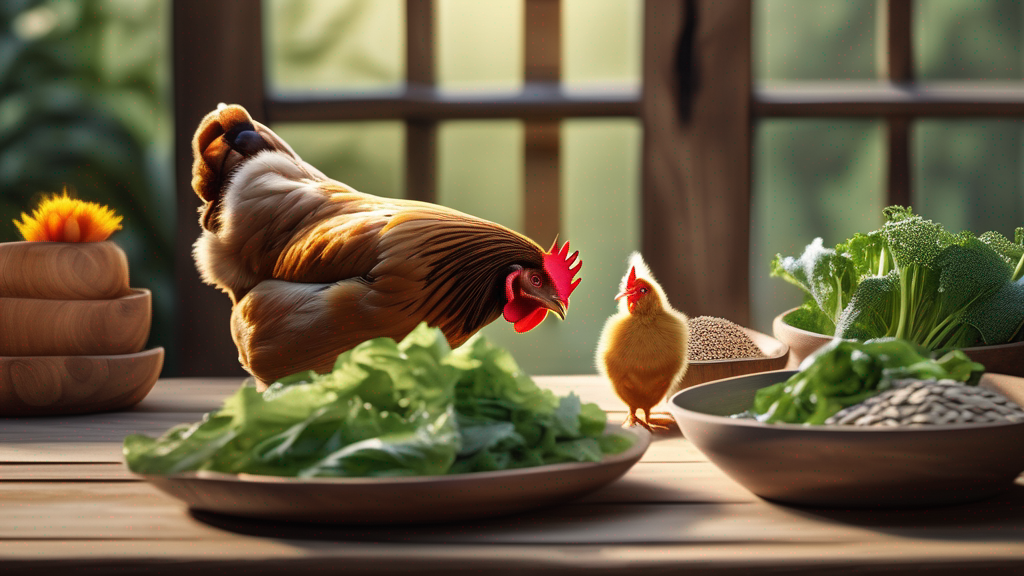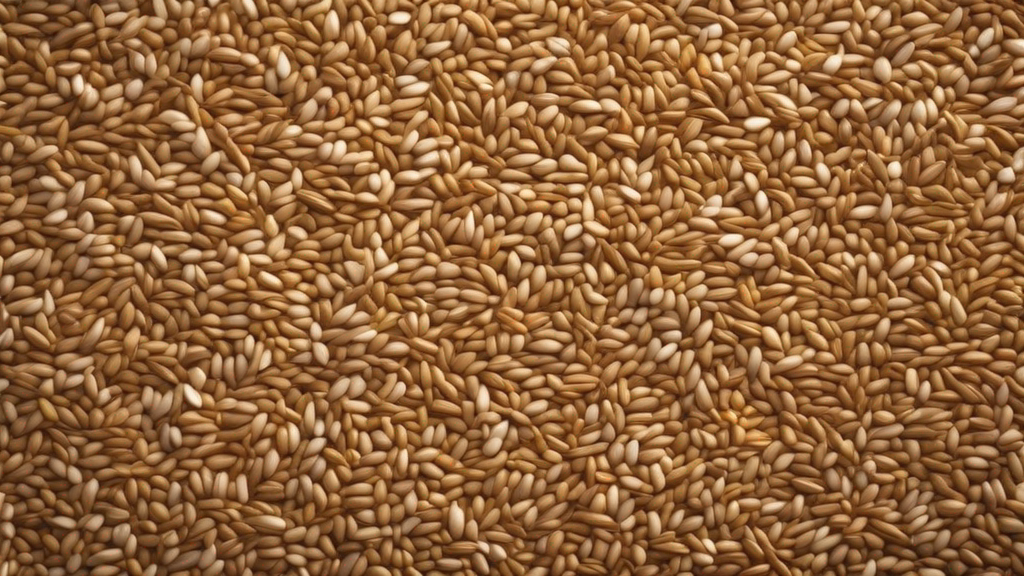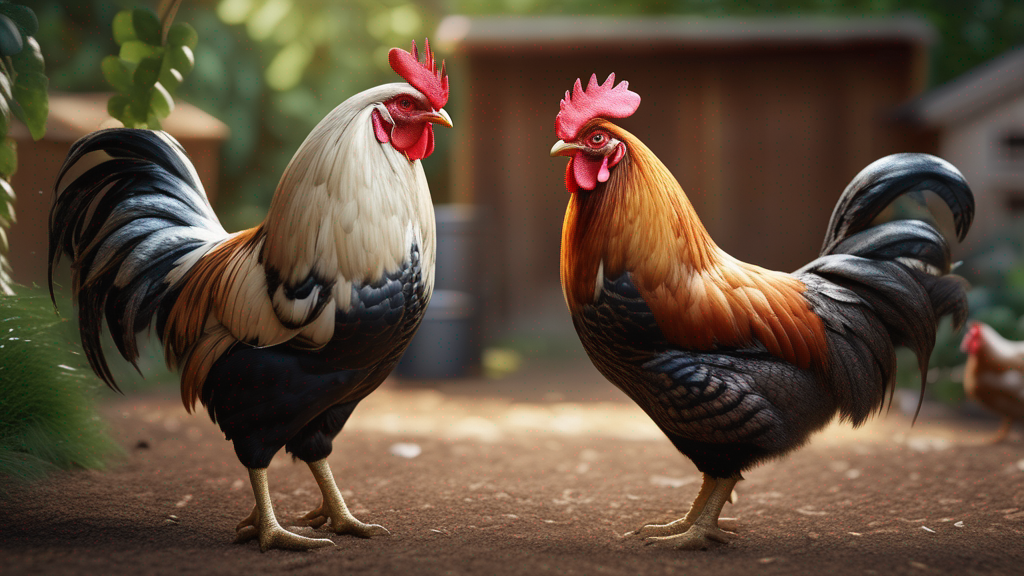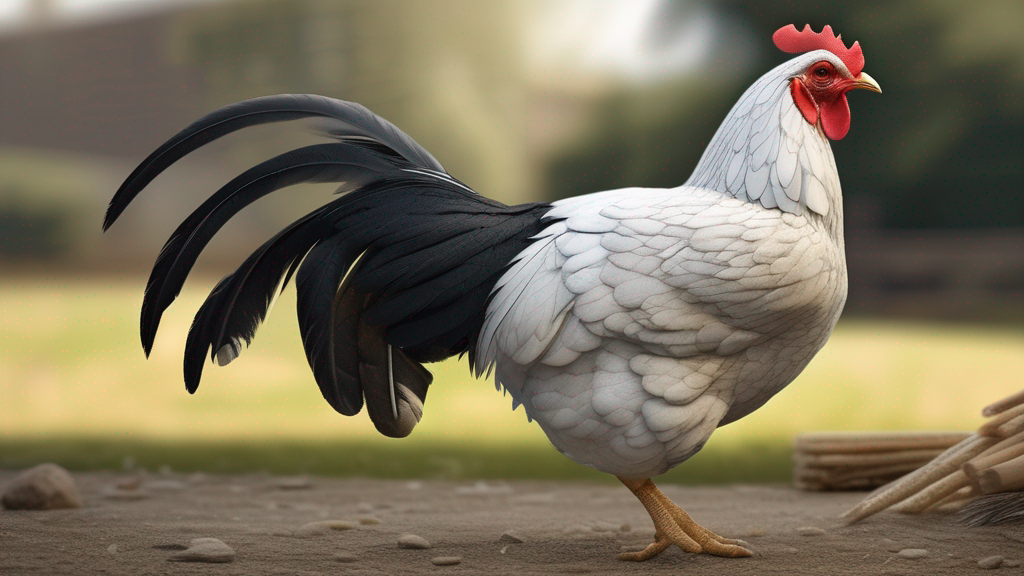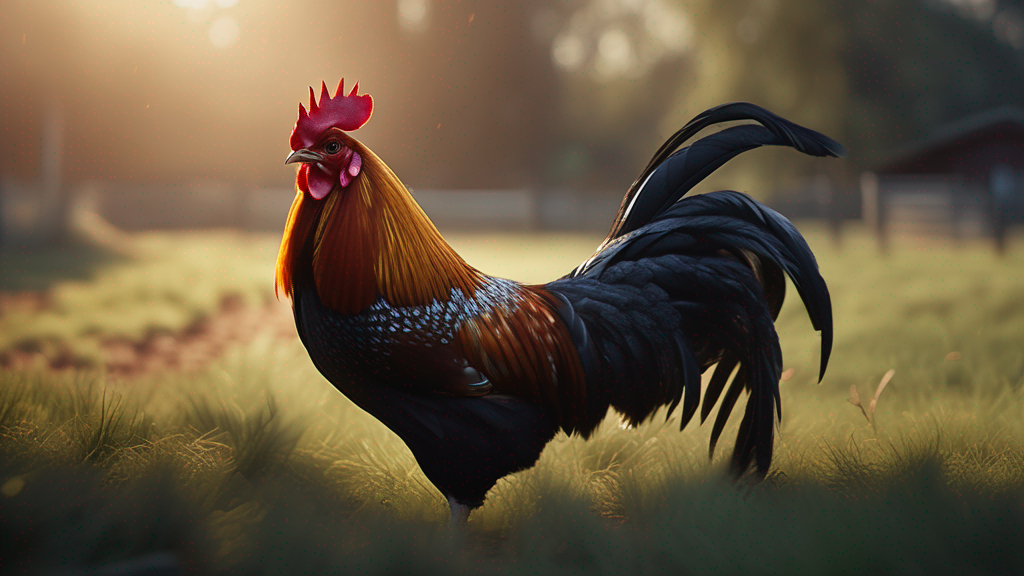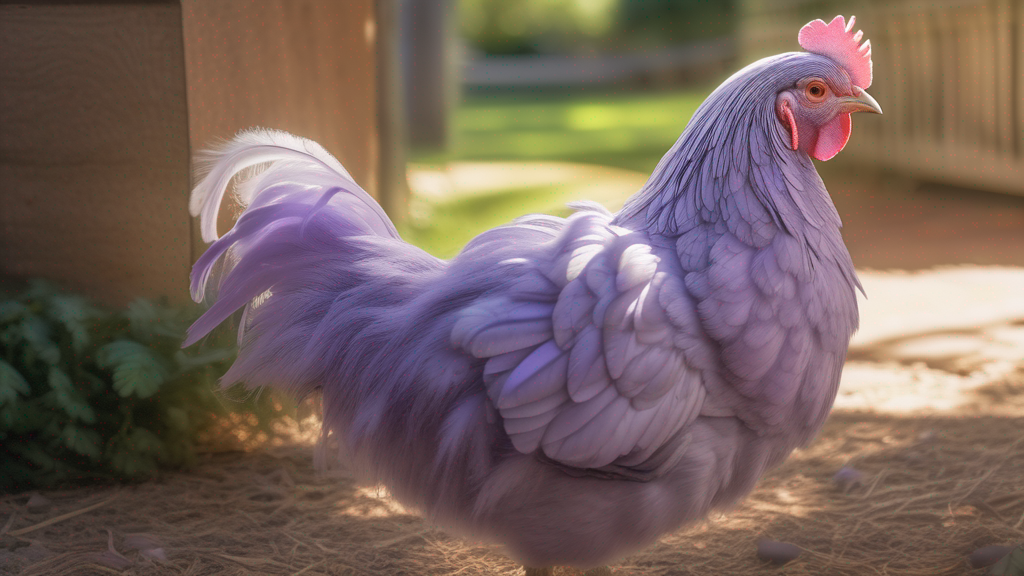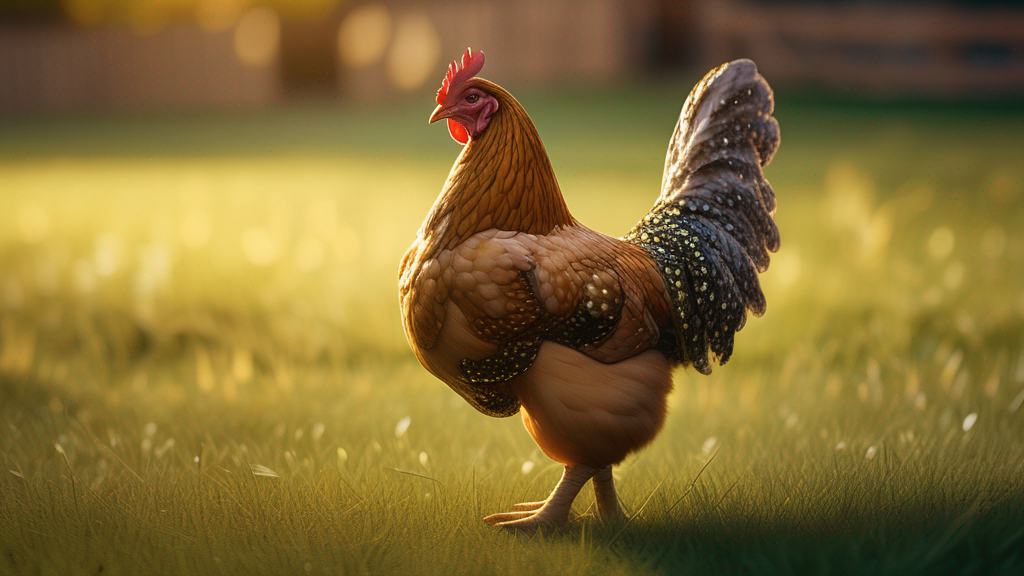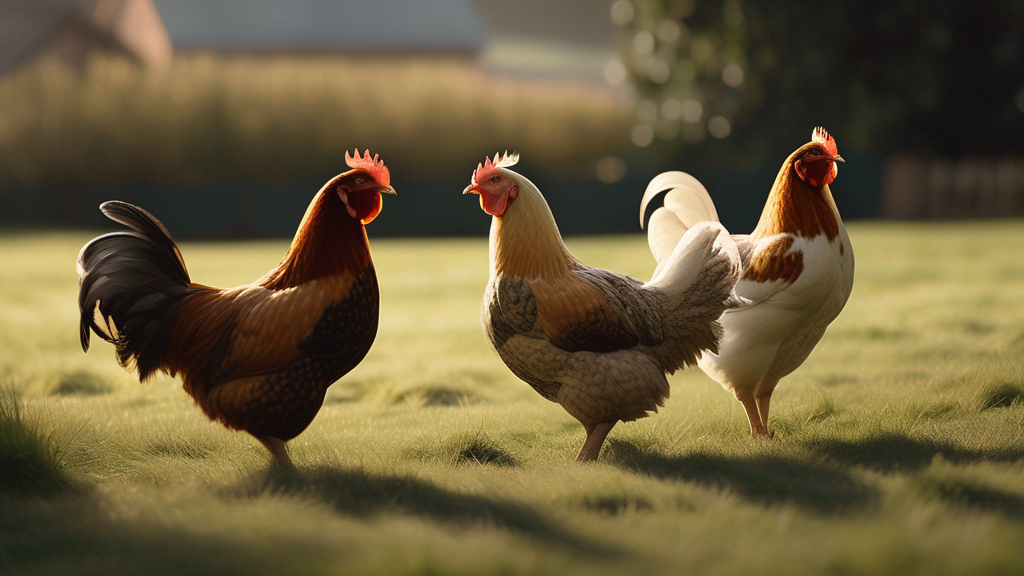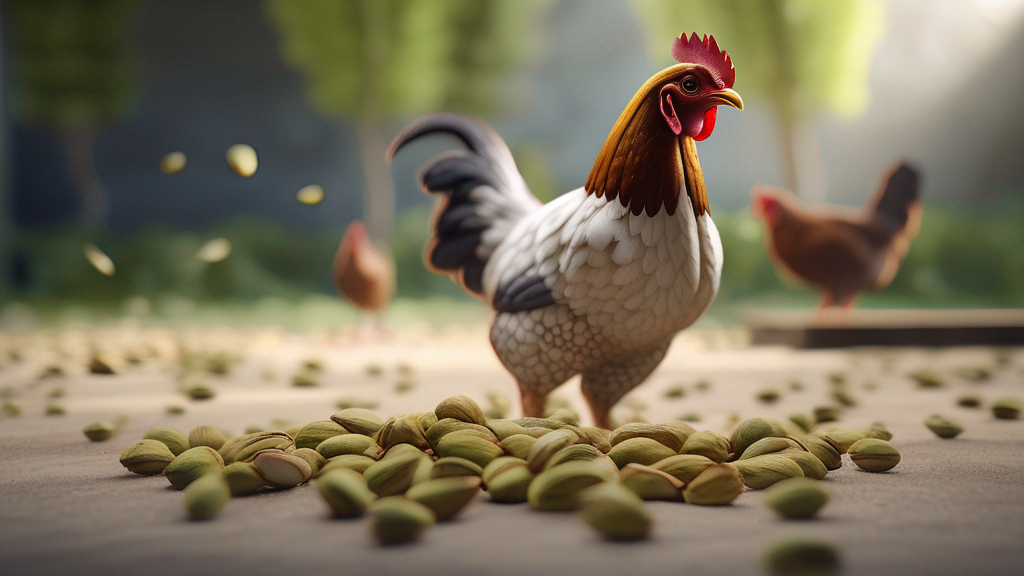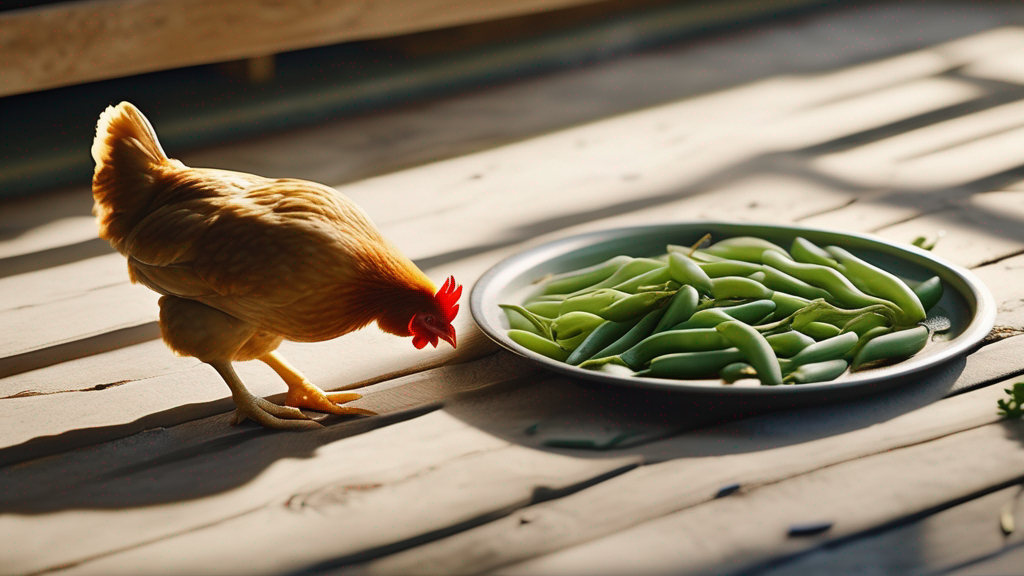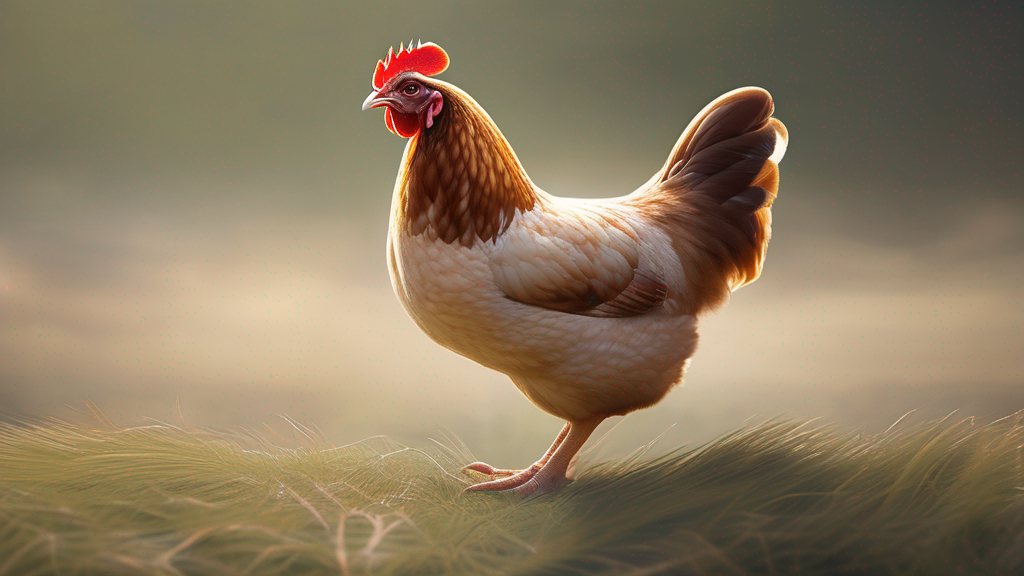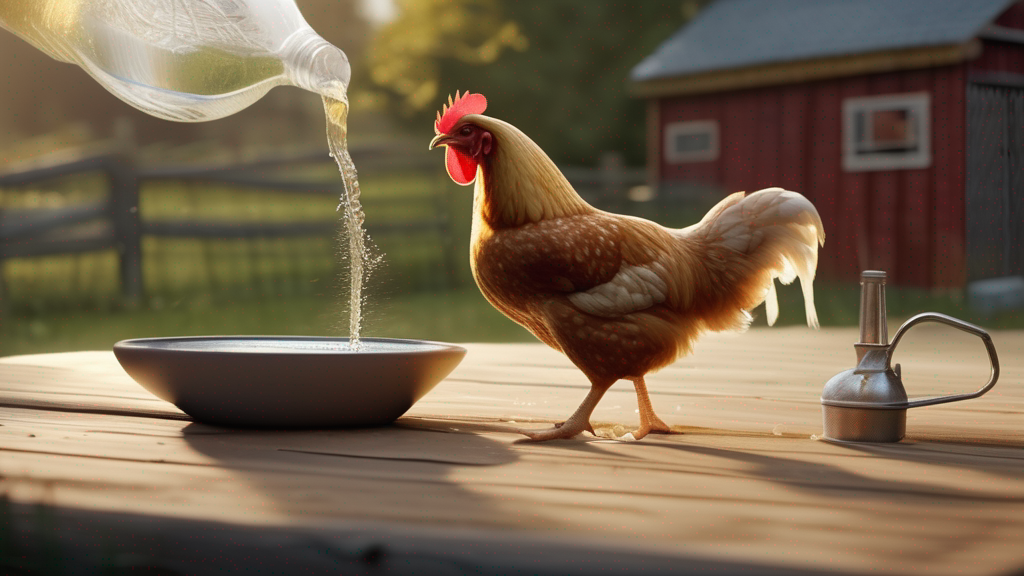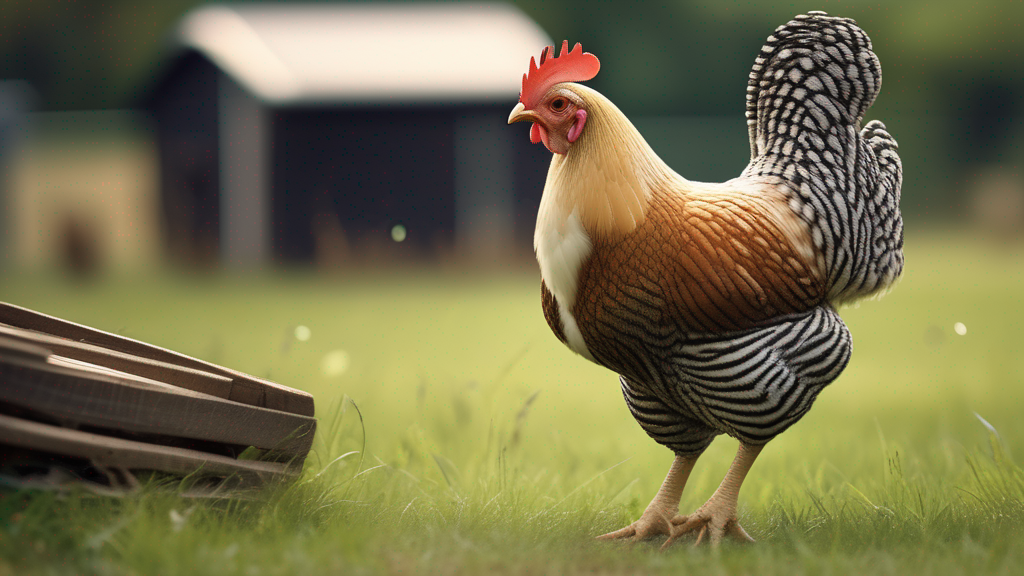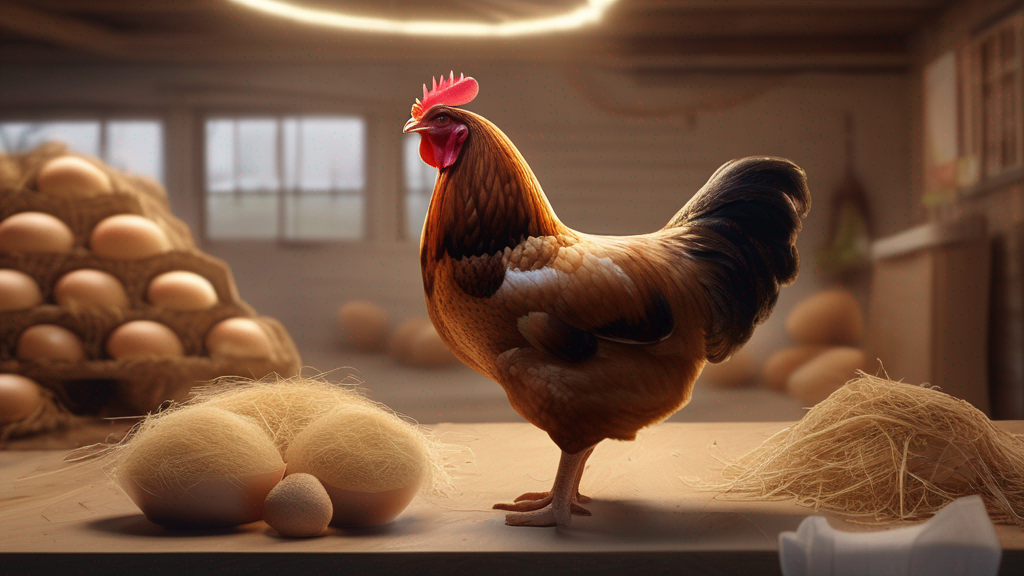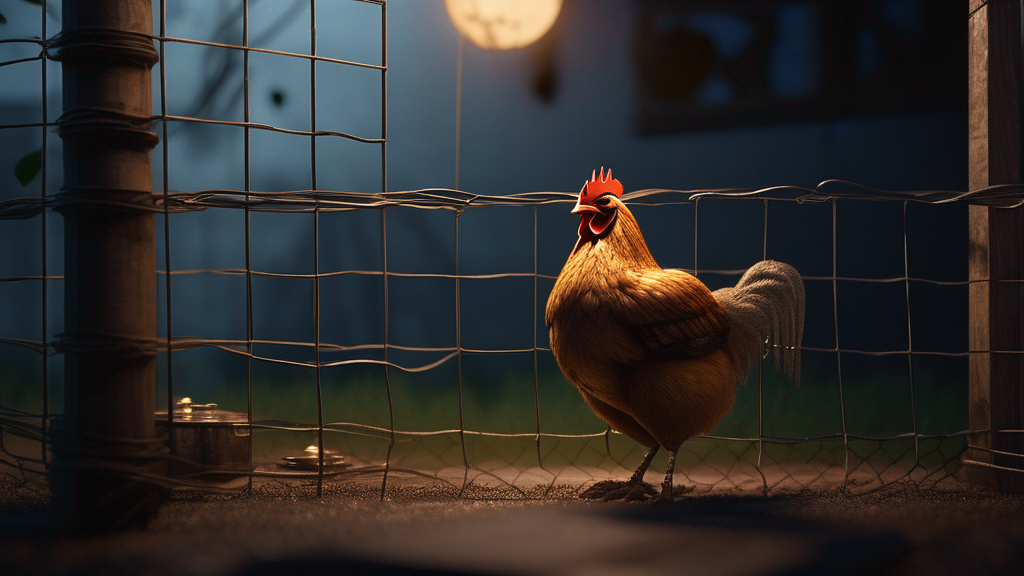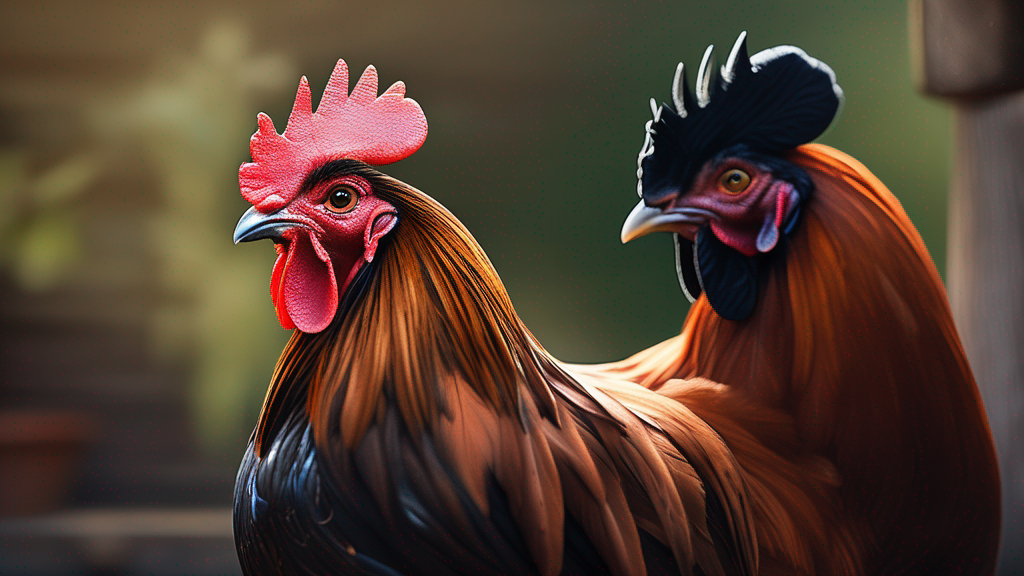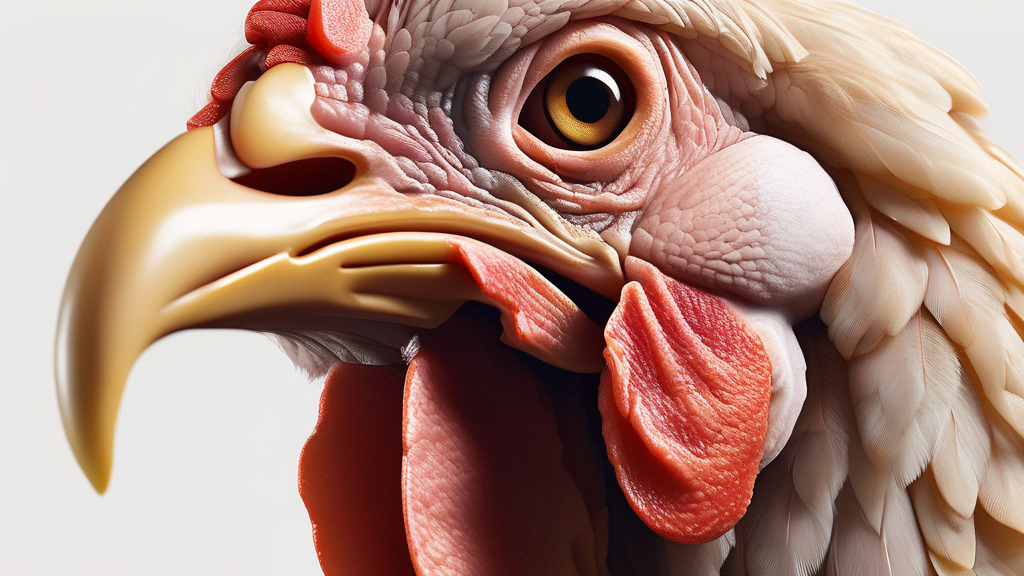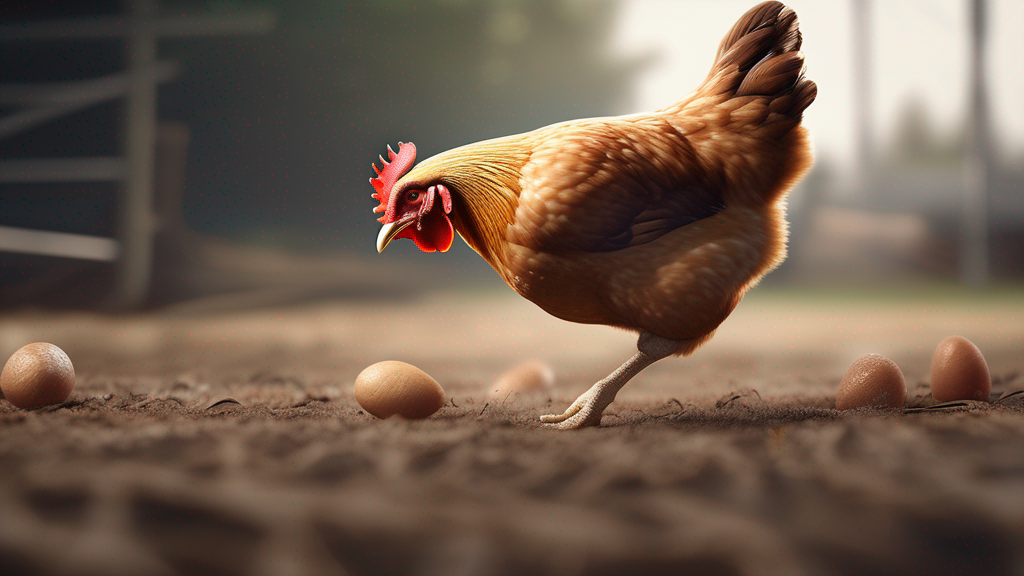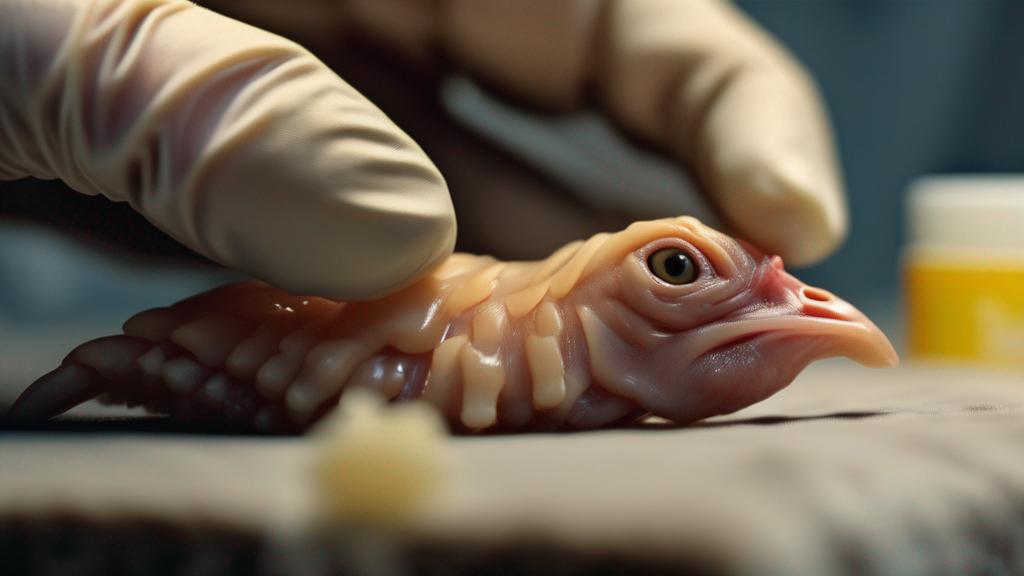Limping in chickens is a common concern for backyard keepers and small-scale farmers. When a bird favors one leg or shows difficulty walking, it signals that something may be wrong—from minor injuries to serious infections. Prompt identification of the underlying cause and appropriate treatment are essential to prevent complications, reduce pain, and restore mobility. In this comprehensive guide, we explore seven primary causes of limping in chickens, describe how to recognize each, outline immediate and longer-term treatments, and offer preventive strategies to keep your flock healthy and active.
Overview: Recognizing Limping and When to Act
A limping chicken may exhibit one or more of the following signs:
- Favoring one leg: standing or perching mostly on the other leg
- Reluctance to move: hesitation to walk, run, or jump up to perches
- Altered gait: uneven stride, dragging toe or foot, wing droop to balance
- Visible swelling or redness: around foot, hock, or joints
- Abnormal posture: sitting often, head tucked to rest weight off leg
- Changes in appetite or behavior: reduced feed intake, lethargy, isolation
Immediate action is warranted if the chicken is in obvious pain, unable to stand, or shows signs of systemic illness (e.g., inappetence, drooping wings, breathing difficulty). For mild limping, careful observation and targeted home care may suffice, but persistent or worsening cases require veterinary consultation.
1. Physical Injury or Trauma
Description
Chickens can injure their legs or feet through various incidents: collisions, entanglement in wire or obstacles, falls from perches, predator attacks, or aggressive pecking from flockmates. Trauma may lead to bruises, sprains, fractures, or soft-tissue injuries.
Signs
- Sudden onset limping after a known event (e.g., flight off a roost)
- Swelling, heat, bruising, or wounds around the limb
- Reluctance to bear weight; possibly holding the leg slightly lifted
- Bleeding or visible cuts if skin broken
Treatment
- Initial Assessment: Gently isolate the bird in a quiet, confined space to minimize further injury. Observe from a distance before handling.
- Examine Limb: Carefully inspect for wounds, swelling, or deformity. If the bird allows, palpate gently along the limb and foot to localize pain.
- Wound Care: If there are open wounds, clean with warm saline or mild antiseptic solution. Remove debris, apply an appropriate topical antibiotic ointment safe for poultry, and cover lightly with a breathable bandage if feasible. Monitor daily for infection.
- Supportive Care: Provide soft, non-slip bedding (e.g., thick straw or towels) to reduce pressure on the injured leg. Offer easy access to food and water at ground level so the bird does not need to move excessively.
- Stabilization: For suspected sprains or minor fractures, splinting may help if you have experience. Use padded splints or supportive bandaging to immobilize the limb in a natural position. However, improper splinting can worsen injury; consult a veterinarian or an experienced poultry practitioner if uncertain.
- Anti-inflammatory Support: Under veterinary guidance, administer appropriate anti-inflammatory medications or pain relievers safe for poultry to reduce pain and swelling.
- Observation and Rest: Allow at least 1–2 weeks of rest, keeping the bird separated from active flockmates to avoid further stress or pecking. Monitor appetite, behavior, and limb improvement daily.
- Veterinary Referral: If limping persists beyond a few days, the injury appears severe (e.g., possible fracture), or if there are signs of systemic illness, seek veterinary examination. X-ray or professional assessment may be necessary to decide on fracture management or advanced treatments.
Prevention
- Inspect coop and run for hazards: sharp edges, protruding wires, slick surfaces, or unstable perches.
- Provide perches at appropriate heights: low enough to reduce severe falls but high enough for natural roosting behavior.
- Monitor flock interactions: separate aggressive individuals if bullying leads to trauma.
- Ensure environment is well-lit to help birds see obstacles clearly.
2. Bumblefoot (Pododermatitis)
Description
Bumblefoot refers to infection and inflammation of the footpad (plantar surface), often caused by minor cuts or pressure sores that introduce bacteria. Over time, an abscess or granuloma develops, making walking painful.
Signs
- Limping that worsens when the bird stands or walks
- Swelling, heat, redness, or a hard raised lump on the bottom of the foot
- Possible scab or dark, irritated area on the pad
- Reluctance to perch or roost (avoiding pressure on the foot)
- In severe cases: lameness, weight loss, systemic illness if infection spreads
Treatment
- Isolate and Rest: Place the affected bird on soft bedding to relieve pressure on the foot.
- Foot Soak and Cleaning: Gently soak the foot in warm antiseptic solution (e.g., Epsom salt solution) to soften scab or debris and clean the area.
- Evaluate Severity: Small, early lesions may heal with cleaning and topical treatment. Larger abscesses often require veterinary or experienced intervention to lance and drain the lesion.
- Debridement and Drainage: Under sterile conditions, remove the scab or dead tissue to expose the abscess cavity. Carefully express pus or necrotic material. This step can be painful—sedation or pain relief under veterinary guidance is ideal.
- Topical Antibiotics: After drainage, irrigate the cavity with antiseptic solution and pack lightly with antibiotic ointment or appropriate dressing. Repeat dressing changes daily until healed.
- Systemic Antibiotics: In moderate to severe cases, administer systemic antibiotics prescribed by a veterinarian to control infection and prevent spread to joints or bloodstream.
- Preventive Environment: Keep bedding clean and dry to avoid recurrence. Provide perches with soft or wide surfaces to distribute weight evenly. Inspect feet regularly for early signs.
- Follow-Up: Monitor for improvement over 1–2 weeks. If infection persists or recurs, seek further veterinary advice; chronic cases may require prolonged therapy.
Prevention
- Maintain clean, dry coop flooring and nesting areas.
- Use perches with smooth, appropriately sized surfaces or add perch coverings (soft material) to reduce pressure points.
- Inspect feet during routine health checks, especially in heavy breeds more prone to pressure sores.
- Address environmental factors: avoid rough or abrasive surfaces in run areas.
3. Joint or Tendon Infections (Arthritis, Synovitis)
Description
Bacterial infections (often Staphylococcus spp.) can invade joints or tendon sheaths, causing arthritis or infectious synovitis. These infections may arise from wounds near joints or spread hematogenously. Affected joints become inflamed and painful, leading to limping.
Signs
- Swelling, heat, and pain localized at the hock, knee, or other joints
- Stiff gait: reluctance to bend the joint or bear weight fully
- Possible lameness worse in the morning or after rest
- General signs of discomfort: reduced activity, ruffled feathers, decreased appetite
Treatment
- Veterinary Diagnosis: Joint infections often require veterinary evaluation. The vet may aspirate joint fluid to identify pathogens and choose appropriate antibiotics.
- Systemic Antibiotics: Administer a course of antibiotics effective against the identified bacteria. Duration may be longer (1–2+ weeks) to ensure penetration into joint spaces.
- Anti-inflammatory Therapy: Under guidance, use anti-inflammatories or pain relief to reduce swelling and improve comfort.
- Supportive Care: Confine the bird to a small area with soft bedding to limit movement and reduce joint stress during recovery.
- Physical Therapy: Once acute infection subsides, gentle movement or massage of the joint (if tolerated) can help restore function; only under veterinary or experienced guidance to avoid re-injury.
- Address Underlying Wounds: If infection originated from a wound near the joint, ensure that area is fully healed and cleaned to prevent recurrence.
- Monitoring: Watch for recurrence of swelling or lameness; chronic joint infections can be challenging and may require extended treatment or culling if bird’s welfare is compromised.
Prevention
- Manage and promptly treat wounds near joints to prevent bacterial invasion.
- Maintain good biosecurity to reduce pathogen exposure.
- Keep coop and run clean to lower bacterial load in the environment.
- Monitor for early signs of joint swelling to intervene promptly.
4. Nutritional Deficiencies or Metabolic Disorders
Description
Imbalances in diet—particularly deficiencies of vitamins (e.g., vitamin D3) or minerals (e.g., calcium, phosphorus)—can lead to bone weakness, rickets in young birds, or osteomalacia in adults. Metabolic disorders like gout may also affect joints. Weak or deformed bones can cause limping.
Signs
- Young chicks: bowed legs, difficulty standing or walking normally
- Adult birds: fractures from minor stress, limping without evident injury
- Soft or malformed bones on palpation; reduced activity level
- In gout: joint swelling due to urate deposits, possibly causing pain
Treatment
- Evaluate Diet: Ensure a balanced feed appropriate for life stage: starter/grower for chicks, layer feed for laying hens, maintenance feed for non-laying adults. Confirm protein, energy, vitamin, and mineral levels meet recommendations.
- Supplementation: Provide free-choice calcium source (oyster shell) for layers. Ensure adequate vitamin D3 exposure via sunlight or supplementation if birds are confined indoors. For chicks, include balanced starter feed with proper calcium-to-phosphorus ratio.
- Veterinary Care for Metabolic Issues: If gout is suspected (joint swelling, kidney involvement), a vet can recommend dietary adjustments (lower protein, adjust purine intake), hydration support, and possible medical treatments.
- Supportive Measures: Provide softer surfaces to rest on; avoid overloading weak bones. For bowed legs in chicks, leg splints or supportive devices may help if applied early under guidance.
- Long-Term Management: Maintain consistent, high-quality feed supply; avoid sudden diet changes; monitor body condition and leg conformation in young birds to detect issues early.
Prevention
- Use reputable commercial feeds formulated for each stage.
- Ensure access to sunlight or UV exposure for vitamin D synthesis.
- Avoid free-feeding inappropriate scraps that dilute essential nutrients.
- Monitor growth in chicks: correct leg exercises or splints early if signs of rickets appear.
5. Scaly Leg Mite (Knemidocoptes mutans)
Description
Scaly leg mites burrow under the scales on a chicken’s legs and feet, causing inflammation, scale thickening, and discomfort. Advanced infestations lead to severe itching, swelling, and pain, resulting in limping.
Signs
- Thickened, crusty, or raised scales on legs and feet
- Inflammation, redness, and possibly oozing if secondary infection occurs
- Bird may pick at legs, stand awkwardly to relieve itching, or limp to avoid putting weight on sore areas
- Over time, legs can become deformed under heavy infestations
Treatment
- Isolate Affected Birds: Prevent spread to others by separating infested hens.
- Leg Soak and Cleaning: Soak legs in warm water with mild antiseptic or dish soap to soften crusts. Gently remove crusts and debris to expose mites.
- Apply Miticide: Use veterinary-approved treatments (e.g., permethrin-based sprays or ointments, ivermectin topically if recommended). Apply thoroughly under scales and around toes. Repeat treatment as directed until signs resolve (often weekly for several applications).
- Address Secondary Infections: If skin broken or infected, treat with topical antibiotics and consider systemic antibiotics under veterinary advice.
- Environmental Treatment: Clean and disinfect coop and perch areas, replace bedding, and treat other flock members prophylactically. Mites can survive in environment, so thorough cleaning is essential.
- Supportive Care: Provide soft bedding, foot baths with soothing additives (e.g., Epsom salts) between treatments to relieve discomfort.
- Follow-Up: Monitor legs over weeks for resolution. Severe chronic cases may require prolonged care; early treatment yields better outcomes.
Prevention
- Maintain regular coop cleaning and disinfection.
- Inspect legs routinely, especially in older or backyard birds prone to mite exposure.
- Quarantine new birds before introduction to detect mites early.
- Provide dust baths with diatomaceous earth or other deterrents to help control external parasites.
6. Viral or Bacterial Diseases Affecting Nerves or Muscles
Description
Certain systemic infections can affect the nervous system or musculature, leading to weakness or paralysis resulting in a limping appearance. Examples include Marek’s disease (nerve involvement leading to leg paralysis or “limberneck”), Newcastle disease, or bacterial infections causing septicemia that secondarily affect mobility.
Signs
- Sudden onset paralysis or weakness in one or both legs, possibly wing droop if nerve affected
- Other systemic signs: appetite loss, respiratory symptoms, neurological signs (tremors, head tilt)
- Possible multiple birds affected if infectious
Treatment
- Isolate and Observe: Quickly separate affected birds to reduce stress and monitor progression.
- Veterinary Diagnosis: A vet may perform tests to identify the specific pathogen. There is no direct cure for many viral diseases; supportive care focuses on comfort and secondary infection prevention.
- Supportive Care: Provide easy access to feed and water (e.g., place at ground level or bring to the bird). Offer warmth, electrolytes, and easily digestible feed to maintain strength.
- Biosecurity Measures: Implement strict hygiene to prevent spread. Vaccination programs (e.g., Marek’s vaccine at hatch) help prevent some viral diseases.
- Euthanasia Consideration: In severe cases with poor prognosis (complete paralysis, inability to eat or drink), humane euthanasia may be the kindest option to prevent suffering.
Prevention
- Follow recommended vaccination schedules (Marek’s, Newcastle if regionally advised).
- Maintain strict biosecurity: limit visitors, sanitize equipment, quarantine new stock.
- Monitor flock health closely to detect early signs of illness and intervene.
7. Developmental or Genetic Leg Disorders
Description
Some chicks may hatch with or develop leg deformities due to genetic factors, incubation conditions, or early growth issues. Examples include slipped tendon (flexor tendon displacement), valgus/varus deformities (leg angulation), or congenital abnormalities affecting mobility.
Signs
- Chicks unable to stand properly: splayed legs, twisted toes, or one leg positioned abnormally
- Older birds may show persistent limping from birth or early age
- Imbalances in gait or posture evident as the bird grows
Treatment
- Early Detection: Inspect chicks shortly after hatching. Slipped tendon often occurs in fast-growing breeds; valgus/varus may appear within first weeks.
- Leg Splints and Supports: For slipped tendon, reposition tendon manually if fresh and splint the leg in correct alignment for several days under guidance. For angular deformities, leg braces or supportive hobbles can gradually correct alignment if mild and detected early.
- Environmental Adjustments: Provide non-slip flooring (paper towels or rubber mats initially) to help chicks gain proper footing. Avoid slippery surfaces that worsen leg issues.
- Nutritional Management: Ensure balanced diet without excessive growth-promoting feed that can exacerbate deformities. Moderate protein levels and proper vitamin/mineral ratios help skeletal development.
- Consultation: For severe or unclear cases, consult a poultry veterinarian or experienced breeder for advice on prognosis and potential interventions. Some deformities may be irreversible, and humane culling may be considered if bird welfare is poor.
Prevention
- Use proper incubation techniques: correct temperature and humidity to reduce congenital issues.
- Select breeding stock free from known leg disorders to minimize genetic predisposition.
- Manage brooder flooring: non-slip, clean surface promotes proper tendon placement and bone development in chicks.
- Feed appropriate starter diets: avoid overfeeding high-protein formulations beyond recommended age to prevent rapid growth stress on developing legs.
Comparison Table: Causes, Signs, and Treatments
| Cause | Key Signs | Immediate Actions | Treatment Outline |
|---|---|---|---|
| Physical Injury/Trauma | Sudden limping, swelling, wounds | Isolate, inspect limb, clean wounds | Wound care, supportive rest, splint if needed, vet if fracture suspected |
| Bumblefoot | Raised abscess on footpad, pain on weight-bearing | Rest on soft bedding, inspect foot | Foot soak, debridement/drainage, topical & systemic antibiotics, environment cleanup |
| Joint/Tendon Infection | Swollen, hot joints; stiff gait | Isolate, minimize movement | Vet diagnosis, systemic antibiotics, anti-inflammatories, rest, possible physical therapy |
| Nutritional Deficiency/Metabolic | Bowed legs in chicks; fractures; joint swelling (gout) | Evaluate diet, provide soft surfaces | Balanced feed, supplementation (calcium, vitamin D), vet for gout management, supportive care |
| Scaly Leg Mite | Crusty scales, itching, deformity, limping | Isolate, soak legs | Miticide application, clean environment, treat flock prophylactically, supportive foot care |
| Viral/Bacterial Systemic Disease | Sudden paralysis or weakness, systemic signs | Isolate, observe, supportive care | Vet diagnosis, supportive treatment, biosecurity, possible euthanasia if severe |
| Developmental/Genetic Leg Disorders | Early-onset limping, abnormal leg posture | Provide non-slip flooring, inspect chicks | Leg splints/supports, nutritional management, vet advice, possible culling if severe |
Diagnostic Approach
- History Gathering: Note onset, progression, any known incidents (falls, pecking), diet history, environmental changes.
- Physical Examination: Gently handle the bird, inspect limb, footpad, joints, and entire body for other signs (fever, swelling elsewhere).
- Observe Behavior: Watch the bird walk, stand, perch, and interact with environment to localize the problem (foot vs. joint vs. neuromuscular).
- Environmental Inspection: Check coop/run for hazards, bedding condition, perch quality, and presence of parasites (mites, lice).
- Diet Review: Confirm that feed matches bird’s life stage and that supplements (calcium, grit) are available if needed.
- Veterinary Testing: If infection suspected, vet may perform joint fluid aspiration, blood tests, or imaging (X-ray) to identify fractures or metabolic bone disease.
- Monitor and Reassess: After initial interventions, track improvement over days. If no progress or deterioration, escalate to professional care.
Frequently Asked Questions (FAQs)
Q1: How long should I wait before seeking a vet for a limping chicken?
If limping is severe, the bird cannot bear weight, shows signs of systemic illness, or if there is obvious wound/infection, seek veterinary attention immediately. For mild limping with no severe signs, observe 24–48 hours with rest and basic care; if no improvement or worsening, consult a vet.
Q2: Can I treat bumblefoot at home?
Early, small lesions can sometimes be treated at home with foot soaks, cleaning, and topical antibiotics. However, larger abscesses usually require draining under sterile conditions and systemic antibiotics prescribed by a vet. Always monitor closely and be prepared to seek professional help if infection does not improve.
Q3: Are supplements like vitamins enough to fix leg weakness?
Supplements help if the limp is due to nutritional deficiency (e.g., rickets). But if limping arises from injury, infection, or developmental disorders, supplements alone are insufficient. Proper diagnosis is key to targeted treatment.
Q4: How can I safely splint a chicken’s leg?
Leg splinting requires correct alignment and padding to avoid constriction or pressure sores. Unless you have training or clear guidance from a poultry vet or experienced practitioner, it’s safer to seek professional help. Improper splinting can worsen injury.
Q5: Will scaly leg mite treatment cure limping immediately?
Treatment for scaly leg mites requires multiple applications over weeks. Limping may improve gradually as inflammation subsides and scales heal, but immediate relief is unlikely. Provide supportive foot care and soft bedding to reduce pain during treatment period.
Q6: How do I differentiate between joint infection and injury?
Both can cause swelling and limping. Joint infections often present with heat, progressive swelling, and systemic signs (reduced appetite, lethargy). Injuries may have a history of trauma and localized bruising or wounds. Veterinary aspiration of joint fluid can confirm infection.
Q7: Can I prevent leg issues by selecting certain breeds?
Some breeds are more prone to leg disorders (heavy breeds may get bumblefoot; fast-growing broilers often have developmental leg problems). Choose robust heritage or lighter breeds for lower risk. But good management—proper flooring, balanced diet, and hygiene—is critical for all breeds.
Practical Tips for Keeping Leg Problems at Bay
- Regular Health Checks: Inspect feet, legs, and behavior weekly to catch early signs of problems.
- Clean, Dry Environment: Maintain coop and run hygiene, dry bedding, and suitable perches to reduce pressure sores and infections.
- Balanced Nutrition: Use age-appropriate feeds, provide calcium and grit for layers, ensure sunlight or vitamin D source.
- Safe Layout: Remove hazards, ensure perches at comfortable heights, use ramps if necessary for heavier birds.
- Parasite Control: Provide dust baths and routine checks for mites and lice to prevent scaly leg mite infestations.
- Quarantine New Birds: Prevent introduction of infectious diseases that may lead to joint infections or systemic illnesses.
- Prompt Response: At first sign of limping, isolate affected bird, limit movement, and begin basic supportive care while diagnosing cause.
Conclusion
Limping in chickens can stem from a variety of causes: trauma, bumblefoot, joint infections, nutritional imbalances, scaly leg mite infestation, systemic diseases, or developmental disorders. Accurate identification of the cause through careful observation, physical examination, and, when needed, veterinary diagnostics is essential. Early intervention—ranging from simple wound care and environmental adjustments to veterinary-prescribed antibiotics or splinting—can significantly improve outcomes. Preventive measures, including maintaining clean housing, providing balanced nutrition, monitoring for parasites, and minimizing hazards, help reduce incidence. By understanding these seven causes and their respective treatments, keepers can act decisively to relieve pain, restore mobility, and ensure a healthy, active flock.
